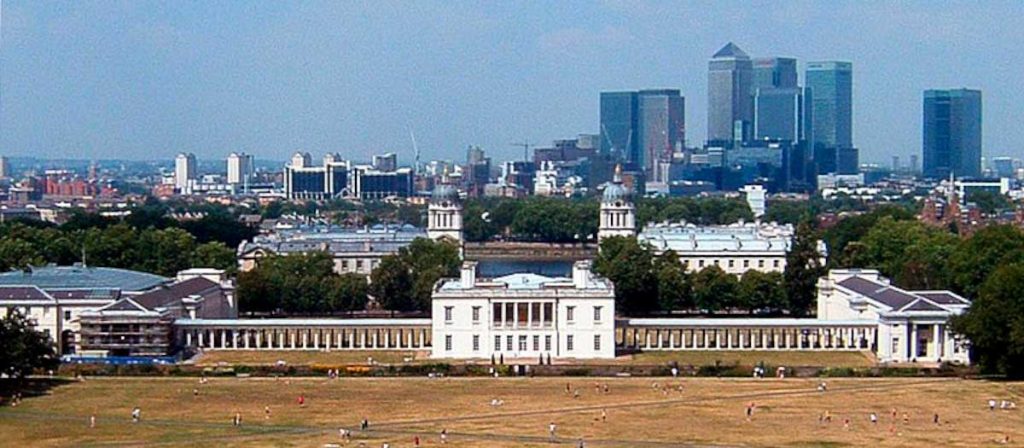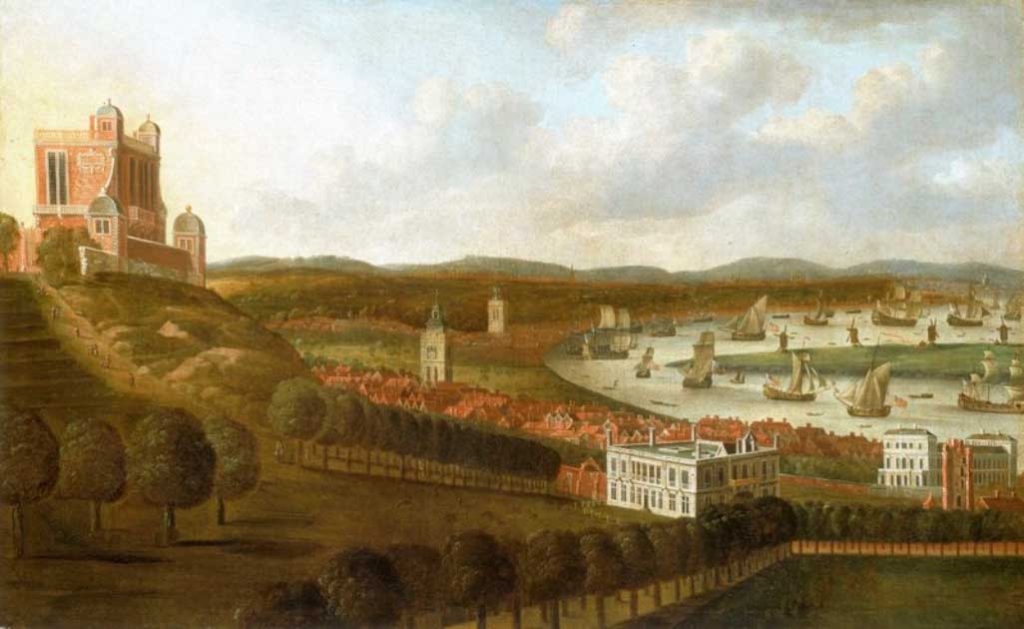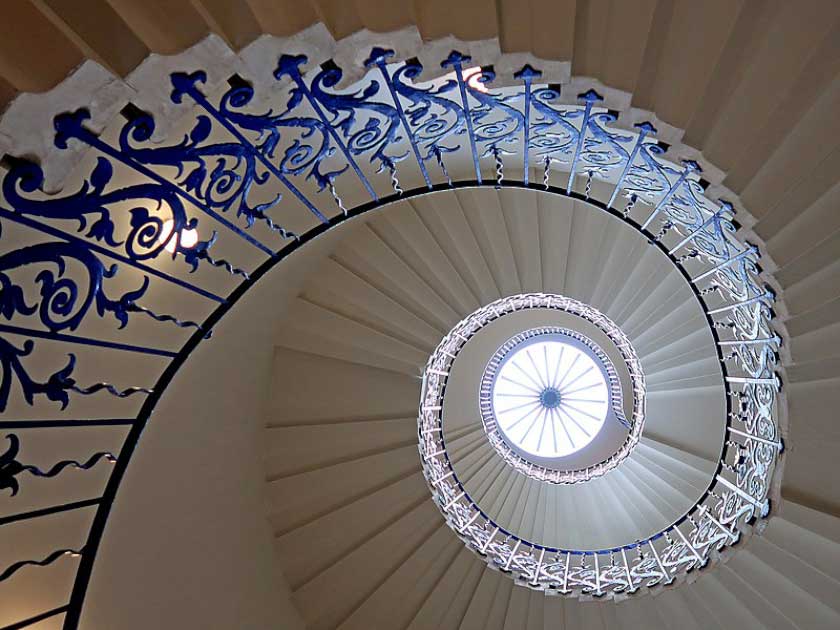London, England, is a hot spot for hauntings. Ghosts have been sighted at the notorious Clink Prison (yes, this is where the term “the clink” to refer to prison comes from), but there are many haunted locations besides this notoriously brutal jailhouse.
The beautiful Fulham Palace, a former summer home for the Bishops of London, was used as a public building for over twelve centuries. The palace became the site where royal allegiances between Protestantism and Catholicism led to a host of hauntings.
The drama included Bishop Ridley (1550-1553) being burned alive at the stake. Who could forget the Tower of London, the Bleeding Heart Yard, or the bar haunted by one of Jack the Ripper’s victims, Annie Chapman?
When you tour haunted locations of London, take a trip to the Maritime Museum. The museum is housed in Queen Anne’s House, the site of proof that ghosts exist. Why is Queen Anne’s House the shelter of specters?
Queen Anne’s House
Queen Anne’s House was a royal home built between 1616 and 1635 near Greenwich Place, a few miles down the Thames river from the City of London. The building has been significant for much of its existence. It is now part of the Royal Museums of Greenwich and what is now known as the Old Royal Naval College. What makes Queen Anne’s House unique is the design by architect Inigo Jones.
Jones was commissioned in 1616 to build the house by King James I’s wife, Anne of Denmark. Queen Anne’s House was an apology gift to Anne by her Husband because he swore in her presence.

The swearing was because Queen Anne accidentally killed one of the King’s favorite hunting dogs while on a hunt. Why else would you hire someone to build a random house? Anne was unable to enjoy her apology house because she died in 1619 when only the first floor was completed, and after her death, construction stopped entirely. James I’s son, Charles I, gave the unfinished house to his wife, Henrietta Maria, who ordered construction to resume.
Queen Anne’s House was finally completed in 1636 and was named, appropriately, The Queen’s House. The building was unique because it was the complete opposite of the typical red-brick Tudor style of building.
The architect Inigo Jones spent several years in the early 17th century in Italy. He studied art, architecture, and philosophy and was greatly influenced by the appearance of Renaissance-style architecture. When building Queen Anne’s House, Jones used white stone for the structure and designed the building considering symmetry and harmony.
- Operation Wandering Soul: Ghosts in the Vietnam War?
- Nonsuch Palace: What Happened to Henry VIII’s Lost Castle?
While the Italian-style home was unlike any other Tudor building, it made Queen Anne’s House architecturally significant and was known for its Tulip Stairs. The Tulip Stairs are one of the original features of Queen Anne’s House, and it was the first “geometric self-supporting spiral staircase in Britain.”
1636 to 1934
Queen Anne’s house was finished in 1636, but Henrietta did not enjoy being in the home for very long. The British Civil War began in 1642, and Henrietta disappeared into exile, a much better fate than Charles I.
Charles I was killed, and all of the royal property was acquired by the State. Don’t worry; Henrietta returned to London in 1660 and lived in Queen Anne’s House. From that point forward, Queen Anne’s House was used by many royal family members until 1805.
In 1805 King George III graciously donated Queen Anne’s House to a charity for the orphaned children of seamen. Queen Anne’s House got a new name, and it was known as the Royal Naval Asylum.
The Royal Naval Asylum was in operation in Queen Anne’s House until 1933, when the organization relocated to Suffolk. Queen Anne’s House was not on the market for very long. In 1934, the National Maritime Museum took over the home, which features a vast collection of British artwork.
The Ghost Host
In 1966 a retired reverend and his wife, a Mrs. R W Hardy, came to visit Queen Anne’s House because they had heard about the famous Tulip Staircase. During their visit to the staircase, the good reverent Hardy took a picture to remember the trip.
That photo was something the Hardys would never forget. When the film was developed back in their home country of Canada, it appeared that there was a shrouded figure climbing the stairs. When inspected further, the spirit “appears to be ascending the stairs in pursuit of a second and possibly third figure.”

The appearance of the second and third figures is questionable at best. Still, you can 100% see a ghostly figure grasping and pulling its “body” up the stairs. The figure can be seen in the film negative, which nobody could explain.
Of course, when the Hardys showed and told people about the ghost host on the famous Tulip Staircase in Queen Anne’s House, everyone thought it was a creatively altered photo. The couple insisted that the staircase was empty when the photo was taken and the stairs were closed to visitors. They or anyone else could not climb the stairs.
- How The Ghost Of Teresita Basa Solved Her Murder
- Murderous Intent: The Cranmers and the Demon of Brownsville Road
It was reported that the reverend sent the photo, and its negative to many different researchers searching for an explanation for what the picture showed. The puzzled researchers sent the print and negative to Kodak Laboratory for an expert opinion.
The Kodak Lab performed multiple tests on the film and concluded that “neither the print, nor negative had been tampered with”. It wasn’t long after the photo was authenticated by the makers of the film that the news of the spooky shot spread. That is how The Ghost Club became involved.

The Ghost Club was a paranormal investigation organization, and seven of its members were sent to spend the night of June 24, 1967, in Queen Anne’s House. In a move seen in the paranormal investigation shows today, the members of The Ghost Club held a séance around a table near the Tulip Staircase.
It shouldn’t come as a surprise to learn that The Ghost Club investigators neither saw, smelled, nor heard anything that night. The ghostly figure may have been on a break that day and took time off from haunting the stairs because there are still reports of ghosts in Queen Anne’s House.
More Than One Ghost?
Several people have reported experiencing supernatural phenomena in Queen Anne’s House. There have been reports of all the common ghost activity, everything from hearing disembodied footsteps, the voices of children chanting, and several full-body apparitions. A ghostly maid was reportedly seen mopping blood from the ground at the bottom of the staircase.
The witness said the maid was “dressed up in ‘old fashioned clothing’ and was very pale”. This sighting is spine-chilling because it is said that a maid had been thrown down from the top of the staircase and died upon impact at the bottom of the stairs. Was this spectral figure mopping up her own blood in the spirit realm? All we can say is that Hardy’s photo is the only physical source of proof that Queen Anne’s House is haunted.
The gallery assistants at Queen Anne’s House report ghostly encounters as well. The report said the assistant “was on her tea break with her coworkers when they saw a woman ‘glide across the balcony, then pass through the wall.’” The employees were in shock and couldn’t believe that they not only saw a ghost but a full-body apparition which is very rare.
The gallery workers said they “went very cold, and the hairs on my arms and my neck stood on end”. The shocked gallery assistant ran through the room of Queen Anne’s House that the ghost passed through, trying to catch another glimpse of what they witnessed. The stunned humans saw something pass through a wall and out of sight through the wall. This specter was a lady dressed in a white/gray crinoline-styled dress.
What is most fascinating is that there is no solid proof or archival records that anyone has died in the home. Ghosts haunt the place where they died, so who are the figures gliding through the walls and up the Tulip Staircase? If you want to see the haunted Queen Anne’s House, the Maritime Museum using the home is open seven days a week. Maybe you will experience the supernatural when strolling through the rooms of Queen Anne’s House.
Top Image: Several different ghosts have been seen at Queen Anne’s House in Greenwich by seemingly reliable witnesses. Source: rosinka79 / Adobe Stock.